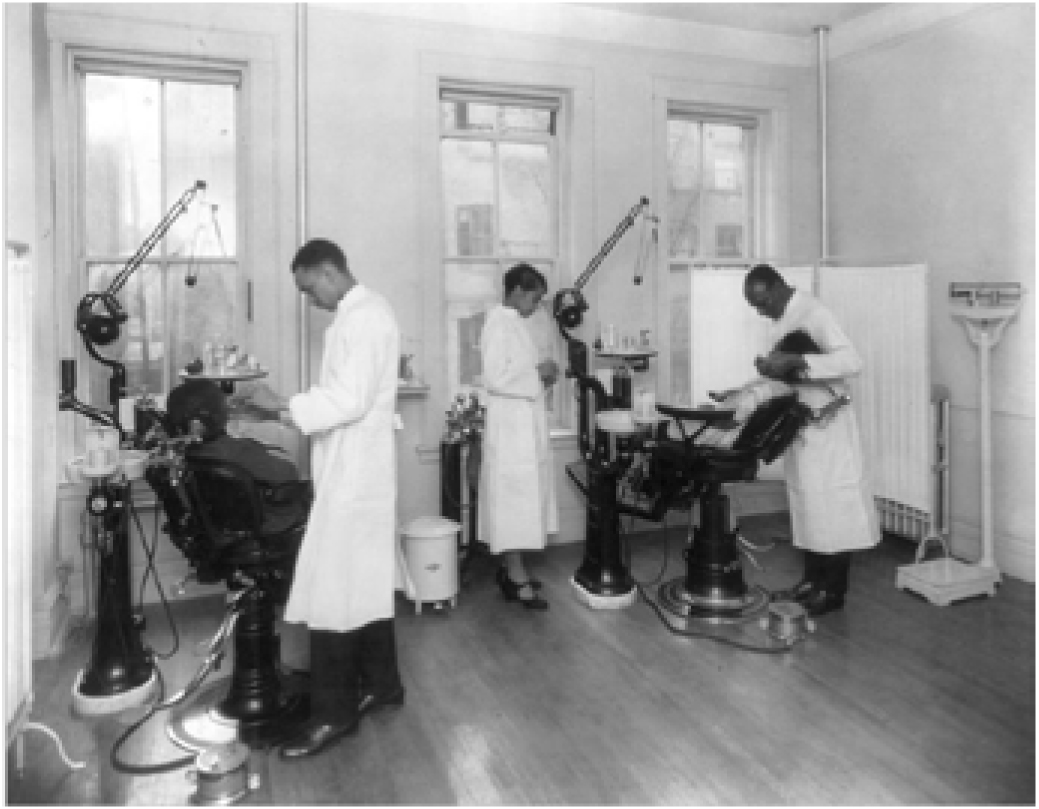By linking the social history of culture and labor, this article discusses the process of strengthening the 'mulatto culture' promoted by upper and middle class African-American intellectuals in the post-emancipation period. In analyzing the 'problem of freedom' based on references to beauty constructed by these 'New Blacks,' texts and photographs collected from The Half Century Magazine, from Boston and The Crisis: a Record of the Darker Races, from New York, are looked at. The magazines and other evidence show that between 1900 and 1930, the intra-racial segregation system based on skin tone (colorism) caused as a consequence 'pigmentocracy,' in other words, the privilege of having light skin rather than dark skin in relation to opportunities for social mobility.
race; respectability; post-emancipation

 Thumbnail
Thumbnail
 Thumbnail
Thumbnail
 Thumbnail
Thumbnail
 Thumbnail
Thumbnail
 Thumbnail
Thumbnail
 Thumbnail
Thumbnail
 Thumbnail
Thumbnail
 Thumbnail
Thumbnail
 Thumbnail
Thumbnail








